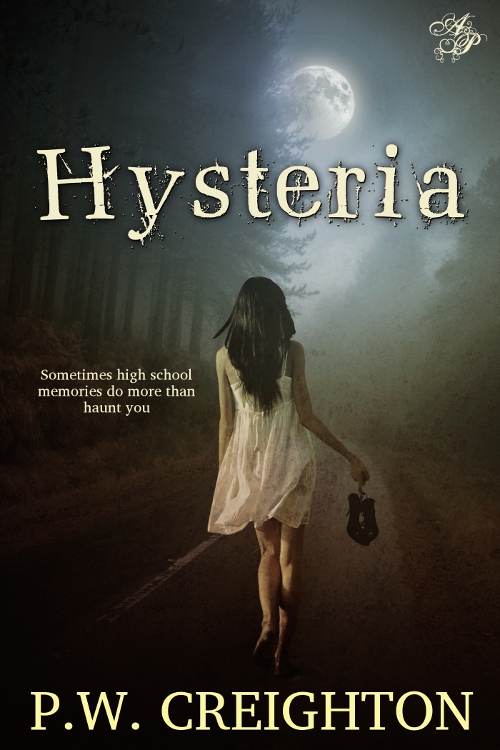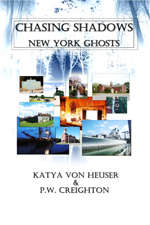Paranormal Photography
 Saturday, July 7, 2012 at 2:38PM
Saturday, July 7, 2012 at 2:38PM
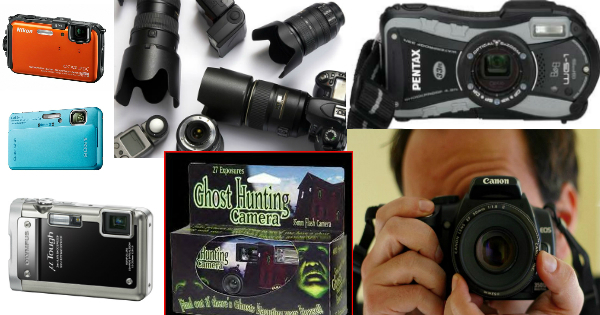
When it comes to field research, photography is un-avoidable, however most simply do not understand the basic principles of photography let alone what camera they need for the job. How is it possible to select the best camera if one doesn't understand the requirements needed of the camera?
Since the Spiritualism Movement in the 19th century the phenomena of Spirit Photography, essentially capturing ghosts on film, has been a staple of paranormal research. In truth, photography is not merely limited to spirit photography though, it is a staple of all research fields from Geology to Anthropology and eveything in-between.
In all instances of using photography as research it is of the utmost importance to understand the basic principles of photography. This means knowing what your optics, aperture, shutter and sensor can do for your shots. EVERY camera is different and knowing the affects of what changing one aspect to the equation can do is fundamental.
Paranormal Photography isn't just for the amateur ghost hunter but also for those needing to take clear pictures of cryptids (mysterious animals like Bigfoot) and even UFO hunters. All aspects of these research fields make any evidence suspect, so it is extremely important to produce photographs that are almost beyond reproach.
Most paranormal photographs are taken either in haste or most frequently, under low lighting conditions. As such, the most useful skill for any researcher to have is the ability to take excellent photos under those conditions.
Low Light Photography
When taking photos under low lighting conditions, be it ghosts and spirit photography or UFOs or the mysterious animal rampaging through your backyard there are 5 basic tips you need to keep in mind to take the best possible shots.
- Use a Flash - While the flash will front-light a subject it can also wash-out your subject. The built-in flash on most cameras is also resticted in distance. Most can only reach about 15ft distance effectively under the best conditions. This is why it is good to use supporting lights or an external flash. If you are taking a photo through a window or other reflective surface it is best to shut off the flash or remove the reflective surface to eliminate lens flare.
- Steady the Camera - Under low lighting conditions the camera is required to keep the shutter open longer to obtain an image. Even if there is the slightest movement it can create blur or more commonly, light-paintings. To take shots under thse conditions either equip a tripod/monopod and most importantly, stop moving.
- Open Your Aperture - The wider the aperture the more light the camera can take in and thus, the clearer the image. This is also why point 2. is so important. Most point-and-shoot cameras set on auto will do this but will not warn about motion blur and light painting.
- Boost Your ISO - Most know their ISO as 'Film Speed.' Increasing your ISO will reduce the amount of time needed to keep the shutter open and reduce the chances of causing motion blur. Typically, you will need 400 or 800 ISO however it may be necessary to raise your ISO to 1600 or more but the higher you raise the ISO above 800 the more you increase the 'noise' in your shots.
- Shoot in Burst Mode - Burst mode will allow you to take a series of shots, 3, 5 or continuous so long as the shutter button is held. The downside of this mode is that the built-in flash will be disabled because it cannot fire as rapidly.
The Best Camera for Paranormal Photography
While almost any modern camera can be utilized for paranormal photography under low-lighting or rapid fired conditions there are quite a few cameras that a number of ghost hunting and UFO outfitters have been selling that are far from effective.
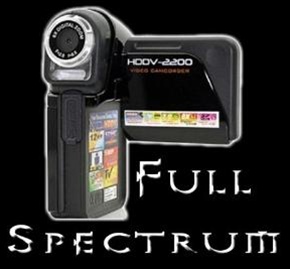
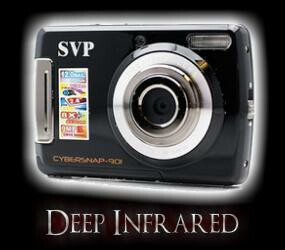 SVP/Vivitar - These cameras are extremely low quality and are incapable of taking any photos under low-lighting conditions or even fast movement. These cameras are so low quality that even under perfect bight lighting conditions they will create artifacting and ghosting (motion blur) of subjects.
SVP/Vivitar - These cameras are extremely low quality and are incapable of taking any photos under low-lighting conditions or even fast movement. These cameras are so low quality that even under perfect bight lighting conditions they will create artifacting and ghosting (motion blur) of subjects.
Due to their cheap nature and low quality many enterprising individuals have taken to modifying these cameras for low light and 'full spectrum.' Sadly, even this cannot save these cameras and the quality of the sensor is still the same regardless of what light spectrum they can see into.
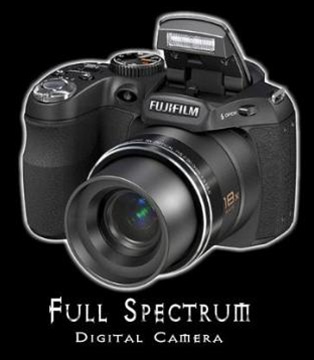 Fujifilm - While some people adamently defend this brand and they do make some decent cameras for everyday use the brand on a whole typically fails to create solid low-light performance. Most cameras are subject to poor low-light performance, creating artifacting and ghosting. More recently the Fujifilm X10 was recalled because the sensor was creating white orbs on every shot taken. [Fujifilm X10 - The White Orbs Machine]
Fujifilm - While some people adamently defend this brand and they do make some decent cameras for everyday use the brand on a whole typically fails to create solid low-light performance. Most cameras are subject to poor low-light performance, creating artifacting and ghosting. More recently the Fujifilm X10 was recalled because the sensor was creating white orbs on every shot taken. [Fujifilm X10 - The White Orbs Machine]
Curiously, another camera with poor low-light performance was taken and modified by the ghost hunting outfitter community and is now sold as a Full Spectrum or 'Para-Spectrum' camera. Even if you do capture a full-body apparition on this camera who would ever believe it with such a suspect camera in your hands?
Choosing the Perfect Camera
So what is the perfect camera for ghost hunting? What is the perfect camera for UFOs? What camera should you use to capture Bigfoot or Champ or Nessie or even that suspect Chupacabras?
Well, there is no real wrong answer. If you're looking for the perfect low-lighting camera that's a point-and-shoot then you have a multitude of options but you can narrow it down based on the conditions you need to operate in out in the field.
- Low Light - Typically you want something that can take quality shots at night or under low lighting conditions.
- Fast - You want something that can boot up quickly and take clear shots just as quickly.
- Easy to Use - You do not want to fuss with settings when your subject can be gone in milliseconds. Lenses and Auto-Focus can be the bane of your existence in the wrong conditions.
- Durable - Yes that DSLR may be a thing of beauty and you may be dynamite with it but it is far too easy to have a camera knocked from your grip, banged into something or even clogged with dust. Do you really want to risk that camera and those lenses you saved up for on someone's dingy basement? All it takes is a stray nail to ruin a $300 lens and your day.
After looking at these requirements there are a number of cameras out there that still fit the bill and most promenintly Sony and Canon seem to rule the low-light and durability categories. Digital point-and-shoots like the Sony Cybershot TX10 and the Canon Powershot D10 can work wonders and also be used on your vacation too.




